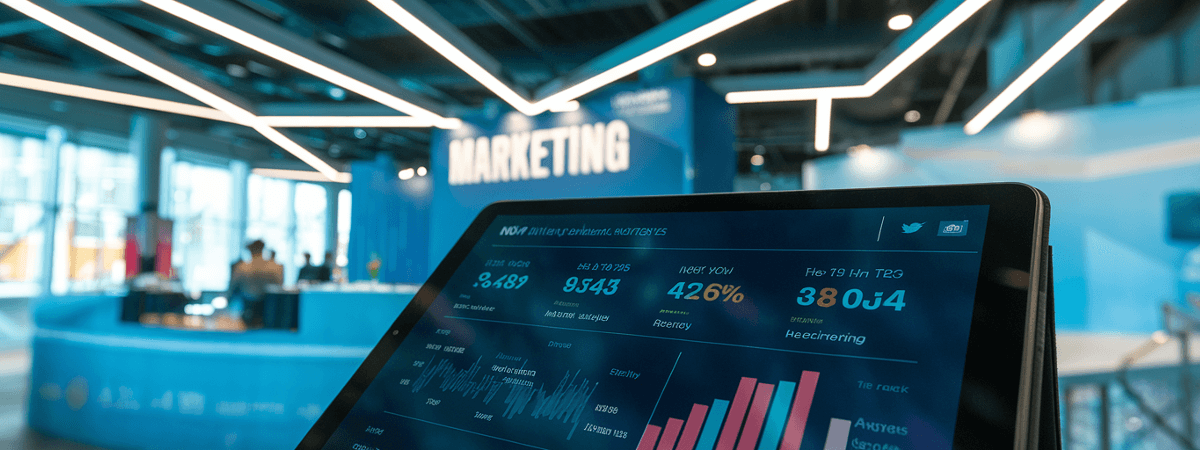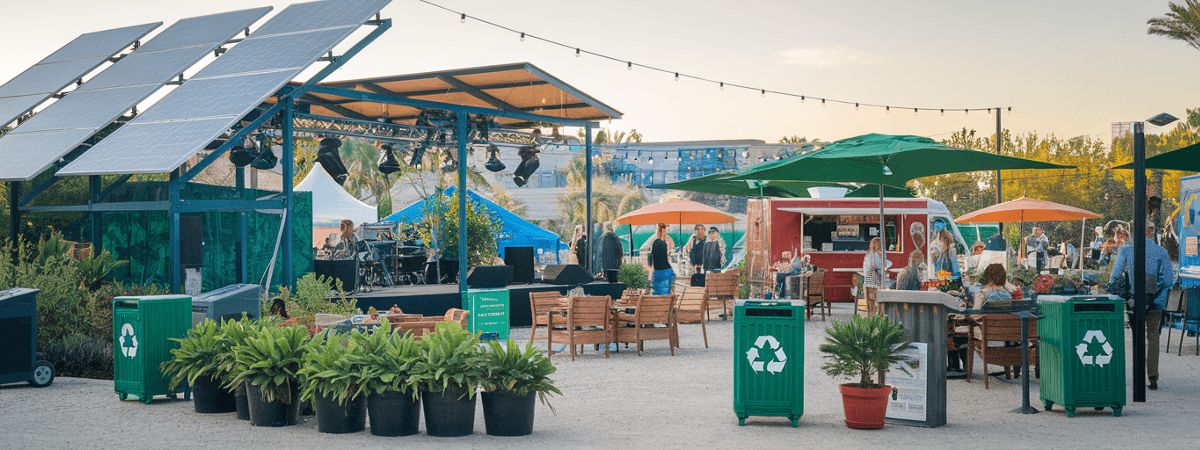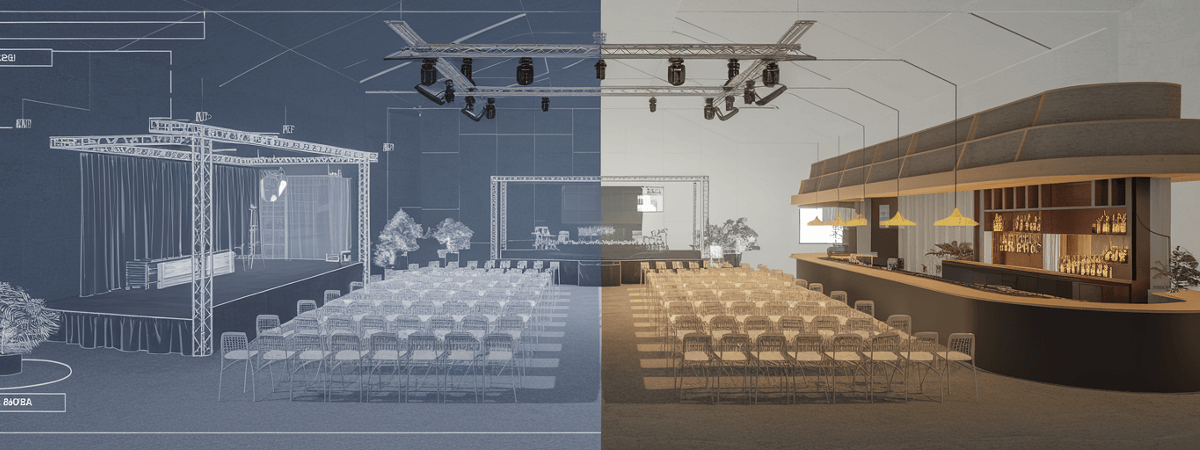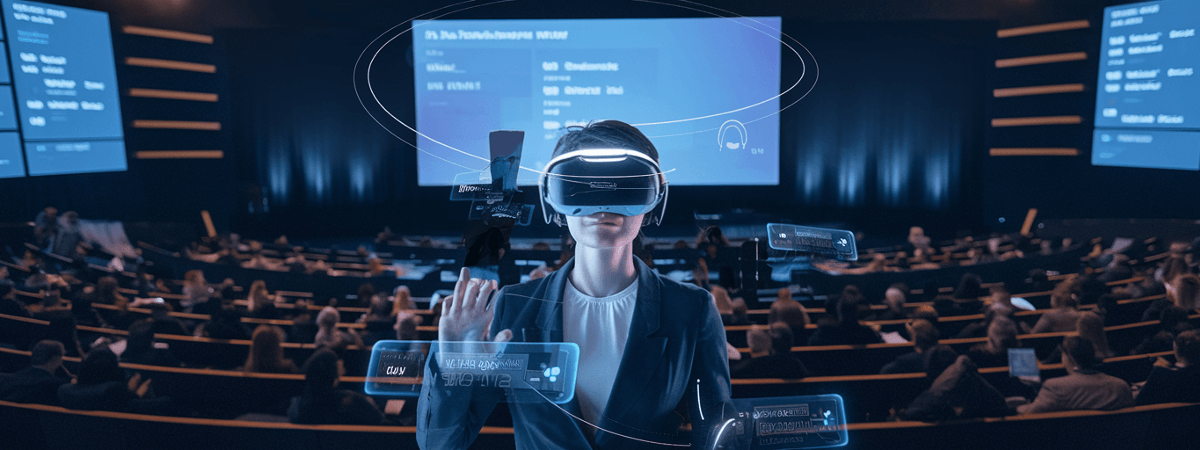Marketing within the event industry has evolved significantly, offering brands unique opportunities to achieve their brand metrics. Events serve as powerful platforms for brand launches, enhancing top-of-mind recall, building brand equity, increasing market share, and solidifying brand positioning. This article delves into effective marketing strategies that enable brands to achieve these metrics, highlighting the transformation from pre-digital to post-digital eras, and providing case studies, guerrilla marketing examples, and a comparison of finance and cost-effectiveness in both eras.
In Brandaid Events, I have witnessed firsthand the dynamic shifts in the industry and how our organization has adeptly adapted to these changes to provide our clients with unparalleled experiences. Our commitment to staying ahead of the curve and employing innovative strategies has cemented our reputation as a leader in the event industry. At Brandaid Events, we specialize in experiential brand marketing and events that ensure the brand messaging and objectives reach the right target audience.
Pre-Digital Era
Traditional Marketing Strategies
In the pre-digital era, traditional marketing strategies were the norm. Print media advertising was a common approach, with visually engaging ads placed in industry-specific publications like magazines and newspapers to capture the interest of potential event attendees. Flyers and brochures were distributed in high-traffic areas, mailing lists, and at related events to spread awareness.
Broadcast media also played a significant role. Radio jingles and TV commercials were utilized to reach a broad audience, creating a sense of anticipation and excitement around events. Public relations efforts included sending well-crafted press releases to media outlets to ensure coverage in news sections, generating buzz before the event. Collaborating with media houses for event coverage and promotions was another effective strategy.
Direct mail campaigns were employed to send personalized invitations and regular newsletters, keeping potential attendees informed and engaged. Outdoor advertising, such as billboards and posters, was strategically placed in key locations to increase visibility and recall.
Achieving Brand Metrics
In terms of brand metrics, hosting exclusive launch events with limited invitations helped create a sense of exclusivity and excitement. Consistent messaging across all media channels reinforced brand recall, while memorable experiences at events left a lasting impression on attendees. Engaging directly with customers at events built loyalty and trust, and high-quality event execution reflected the brand’s values and standards. To increase market share, a combination of media channels was used to reach a broad audience and attract a diverse customer base. Strategic partnerships with well-known and respected brands or media outlets enhanced brand positioning and credibility. On-ground promotions and below-the-line activities echoed the ATL campaigns.
Finance and Cost Comparison: Pre-Digital Era
The costs associated with pre-digital marketing strategies were relatively high. Print media advertising involved high costs for full-page ads in popular magazines and newspapers, with considerable wastage. Broadcast media, particularly TV and radio spots during prime time, was expensive. Public relations efforts required investments in PR agencies and media partnerships. Direct mail campaigns incurred printing and postage costs for invitations and newsletters. Outdoor advertising, such as billboards and posters in prime locations, also came with high costs.
The effectiveness of these strategies was limited by the geographic distribution of print and broadcast media. While physical events allowed for direct engagement, interaction before and after the event was limited. Measuring the exact ROI was challenging due to the lack of precise tracking tools.
Case Scenario: Pre-Digital Era
- Nike’s “Just Do It” Campaign (1988): Nike’s iconic “Just Do It” campaign began in 1988, relying heavily on TV commercials, print ads, and outdoor advertising. The campaign featured famous athletes, which helped to create a strong emotional connection with consumers. This traditional marketing approach played a crucial role in establishing Nike as a leading sports brand, increasing both its market share and brand positioning.
- Absolute Vodka’s Print Advertising (1980s): Absolut Vodka launched a highly successful print advertising campaign in the 1980s. The campaign featured the distinctive shape of the Absolut bottle in various artistic interpretations, appearing in magazines and on billboards. This consistent and visually engaging strategy helped Absolut Vodka achieve high brand recall and become one of the top-selling vodkas worldwide.
Post-Digital Era
Marketing Strategies
The post-digital era has seen a significant shift in marketing strategies. Social media marketing has become a cornerstone of event promotions, utilizing platforms like Facebook, Instagram, Twitter, and LinkedIn. Collaborating with influencers helps reach wider audiences, while live streaming engages global audiences in real-time.
At Brandaid Events, we have embraced these digital platforms to enhance our event marketing strategies. Social media campaigns are meticulously crafted to create buzz and drive registrations. Influencer collaborations extend our reach, while live streams allow us to engage with audiences worldwide in real-time.
Content marketing, including blogs, articles, videos, and webinars, attracts organic traffic and provides value to potential attendees. While Brandaid Events utilizes content marketing as a complementary strategy, our primary focus remains on experiential brand marketing. We create immersive experiences that resonate with the audience, ensuring the brand message is effectively communicated.
Search engine optimization (SEO) and search engine marketing (SEM) ensure that event-related content ranks high on search engines, while paid ads through platforms like Google Ads target specific demographics. Virtual and hybrid events have gained popularity, offering webinars and online conferences that reach a global audience, with interactive features like Q&A, polls, and networking rooms enhancing engagement.
Brandaid Events has also embraced virtual and hybrid events, using advanced virtual platforms to host webinars and online conferences. These events feature interactive elements like Q&A sessions and networking rooms, maximizing audience engagement and providing a seamless experience.
Personalized Experiences and Next-Generation Technology
In the post-digital era, at Brandaid Events, we design integrated campaigns that combine social media, influencer marketing, and augmented reality (AR) experiences to create excitement and drive registrations. Personalized experiences for the brand’s target audience are crafted to emphasize brand objectives, ensuring a strong connection with attendees.
We leverage next-generation technology to bring brand communication to life. Augmented reality and virtual reality (VR) experiences are integrated into our events, creating immersive and memorable interactions. Interactive features such as live Q&A sessions, polls, and feedback forms build brand equity. Consistent branding across all digital touchpoints reinforces the brand’s image. Leveraging the global reach of digital platforms attracts a larger and more diverse audience, while analytics tools measure the effectiveness of marketing efforts and optimize strategies. Hosting webinars and panels with industry experts positions the brand as a thought leader, and high-quality production of virtual events reflects the brand’s professionalism and attention to detail.
Finance and Cost Comparison: Post-Digital Era
The costs associated with post-digital marketing strategies are generally lower compared to traditional media. Social media marketing costs vary based on ad spend and influencer fees, while content marketing involves costs for content creation and optimization. SEO and SEM require investments in SEO services and PPC campaigns. Virtual and hybrid events incur costs for virtual event platforms and production, often lower than physical events.
The effectiveness of these strategies is enhanced by the global reach of digital platforms, with the ability to target specific demographics. Engagement is improved through interactive features and continuous content sharing, and precise tracking and measurement of ROI are possible using analytics tools.
Case Scenario: Post-Digital Era
- Airbnb’s Social Media and Content Marketing Strategy: Airbnb leveraged social media and content marketing to build its brand and grow its user base. The company utilized platforms like Instagram, Facebook, and Twitter to showcase user-generated content and share stories of unique travel experiences. This strategy helped Airbnb create a sense of community and trust among its users. By consistently engaging with its audience and providing valuable content, Airbnb established itself as a leading brand in the travel and hospitality industry.
- Coca-Cola’s “Share a Coke” Campaign (2014): Coca-Cola’s “Share a Coke” campaign personalized bottles with popular names, encouraging consumers to find and share bottles with their names or the names of friends and family. The campaign relied heavily on social media, encouraging users to share photos and stories with their personalized bottles. This interactive and engaging approach significantly boosted Coca-Cola’s social media presence, increased sales, and strengthened brand loyalty.
In summary, the shift from pre-digital to post-digital marketing strategies in the event industry has empowered brands to connect with their audiences in more meaningful and impactful ways. Moreover, the ability to track and measure the effectiveness of marketing efforts using analytics tools allows brands to optimize their strategies continuously. This data-driven approach ensures that marketing campaigns are not only cost-effective but also highly efficient in achieving the desired brand metrics. By leveraging digital platforms, personalized experiences, and cutting-edge technologies, brands can effectively communicate their messages, engage with their target audience, and achieve their marketing objectives. The future of event marketing lies in the continued innovation and adaptation to new technologies, ensuring that brands remain relevant and competitive in an ever-evolving landscape.







